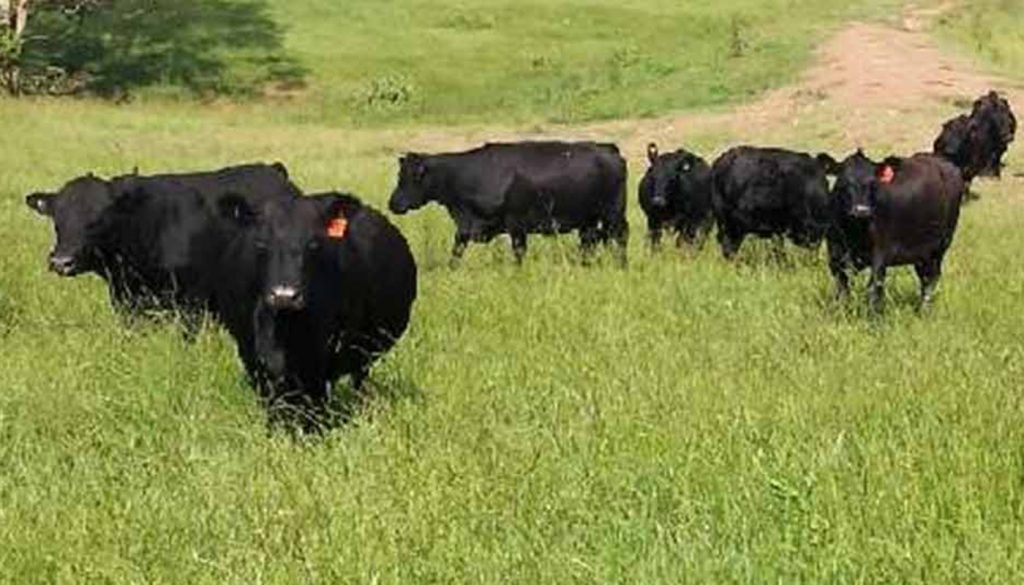
The Australian Lowline cattle breed are a hardy breed that derived from cross-breeds with Angus cattle. They are an excellent beef breed that has a high-quality meat, are naturally quiet-even-tempered, easy to handle and raise. For the small acre, ranch Lowline cattle are an excellent choice.
LOWLINE BREED OF CATTLE QUICK PROFILE OVERVIEW
|
|
|---|---|
| The Lowline cattle breeds feed requirements are a lot less than larger sized animals making them quite economical. | |
| Country of Origin: | Australia |
| Other Names: | Lowline Angus or Australian Lowline |
| Main Purpose: | Beef |
| You may Also Like: | 35 Best Cattle Breeds for Milk – Dairy Cattle |
| You may Also Like: | 47 Best Cattle Breeds for Meat – Beef Cattle |
| Can be used for | Breed, Meat, Exhibition and pets |
| Ideal Climate: | Heat, Cold, Most Climates |
| Conservation Status: |
Not listed by the *ALC Status/Rarity: Not at risk but are considered rare |
| Health Issues? | No known health issues |
| Good Starter Cattle? | Novice to intermediate Cattle farmer/keeper level |
| Cattle Associations: | Australian Lowline Cattle of America |
| Cattle Clubs: | Please refer to the Australian Lowline Cattle of America for information about the Australian Lowline Cattle breed |
| Where to buy them? | Please refer to the Australian Lowline Cattle of America for information about the Australian Lowline Cattle breed |
| Child Friendly? | Livestock should not be left unattended around unsupervised children |
| General Information: | The Australian Lowline cattle breed are known to have superior carcass traits with an average of 30% larger ribeye area per hundredweight. With an excellent marbling for that added flavor and tenderness.
The Lowline cattle breed have tested for the dwarfism gene and they have tested free of it. The breed is suitable for intensive grazing environments. They are excellent foragers with an efficient feed to meat conversion ratio. They are also highly adaptive to most climates and environments from the cold to the hotter ones. The Lowline cattle breeds average lifespan is between 12 to 25 years of age. As a small breed and having a good even temperament as well as seemingly enjoying human company they make for good pets as well as being suitable for cattle exhibitions/showing by children and 4-H type projects. Compared to their larger sized counterpart breed the Lowline cattle breed do not need very high or strong fencing and they tend to do less damage to the land than larger cattle breeds. Australia holds the main herd book that reports the Lowline cattle to DAD-IS and has breeder association members in countries all over the world such as New Zealand, the United Kingdom, the United States, and Canada. |
| Note: *ALC stands for American Livestock Conservancy | |
PHYSICAL CHARACTERISTICS |
||||||||||||||||||||||||||||||||
|---|---|---|---|---|---|---|---|---|---|---|---|---|---|---|---|---|---|---|---|---|---|---|---|---|---|---|---|---|---|---|---|---|
| The Lowline is one of the smaller cattle breeds that is not affected by the dwarfism gene. The bull of the breed has a long, chunky but muscular body with a well-rounded thick neck that has a very tight to no dewlap and short stocky legs. The females are also quite round but tend to have a more blockish figure with short hardy legs and a medium sized long face with a wide forehead. | ||||||||||||||||||||||||||||||||
| Size: | Small | |||||||||||||||||||||||||||||||
|
||||||||||||||||||||||||||||||||
COW BREEDING & MILKING INFORMATION |
|
|---|---|
| Most Cattle produce milk but not all of them are used in the dairy Cattle capacity for their milk. Cows only calve once a year and should have 12 to 14-month inter-calving cycle. They are not bred for their milk but produce a good quality and enough to feed their young. The cows are fertile, good mothers with excellent maternal instincts have little to no birthing problems and easy births. | |
| Breeding Period/cycle: | Usually lasts 6 to 24 hours Most ave. 12 to 16 hours Cows usually come on heat every 21 days. |
| Estrous cycle: | Ave. 17 days to 24 days Heifer – usually ave. 20 days Cows – usually ave. 21 days |
| Gestation Period: | Usually, around 279 to 287 days but most gestation is 283 days. Cows that are carrying bull calf’s their gestation period is usually a little longer than cows that are carrying heifer calves. |
| No. Calves/Litter: | 1 calf at a time. Cows rarely have twins or triplets, but it can happen |
| Lactation Period: | Cows lactation period can last for up to about 10 months (305) days. |
| Milking From: | 1 to 6 weeks after Calving |
| Drying off Period: | The cow should have a 12 to 14-month inter-calving cycle. Drying off period for around 60 days before she can calve again. |
| Milk Quality: | Good |
| Milk Ideal for: | Calves |
| You may Also Like: | 35 Best Cattle Breeds for Milk – Dairy Cattle |
CATTLE MEAT PRODUCTION INFORMATION |
||||||||
|---|---|---|---|---|---|---|---|---|
| They mature relatively fast with high carcass yields lending to a good meat to bone ratio. Their beef is tender as it is well marbled, juicy, succulent and full of flavor | ||||||||
| Meat Production? | Yes, quality: Excellent | |||||||
|
||||||||
| You may Also Like: | 47 Best Cattle Breeds for Meat – Beef Cattle | |||||||
CATTLE SKIN PRODUCTION INFORMATION |
||||||||
|---|---|---|---|---|---|---|---|---|
| Most meat Cattle will have a skin by-product, and these are usually used in some form or just as a hide. They are not specifically bred for their hides, but they do have good quality skins that are a by-product of their meat production and can possibly be used in the manufacture of various leather good. | ||||||||
| Skin Production? | No, Quality: Good | |||||||
| Skin is used to Produce: | Calf/cow skin leather products such as shoes, car seats, fine leather coats, gloves, handbags, belts, furniture, rugs, etc. | |||||||
|
||||||||
HISTORY
The Australian Lowline cattle breed were developed in Australia at the Trangie Research Centre.
Research began with a herd of Aberdeen Angus cattle that were introduced to the research centre by the NSW Agricultural Department in 1929.
Between 1929 and 1963 various Aberdeen Angus were imported to the research center from Canada and some from sires from America, Scotland and even from Australian Angus herds. It was Department of Agricultures intention to supply the beef industry with improved quality of the animal genetics.
The Trangie herd became a ‘closed herd’ in 1964 and during 1963 to 1973 the Trangie research project was changed to scientific research in the form of performance recording.
In 1974 a trial that was funded by the Australian Meat Research Corporation which was to establish which sized cattle, larger or small, were more efficient grass to meat converters. The project continued for 19 years and it is from this project that the Lowline cattle were produced.
The first sale of the Lowline breed to interested cattlemen took place in August of 1992 and the cattlemen who bought the Lowline breed started the Australian Lowline Cattle Association.
The American Lowline Registry was founded in the late 1990s.
Video
USEFUL LINKS
- Purebred Dairy Cattle Association
- American Dairy Association
- National Association of Animal Breeders
- American Dairy Science Association
- United States Cattlemen’s Association
- National Cattlemen’s Beef Association
- American National Cattlewomen
- Beef Cattle Breed Associations
- National Cattlemen’s Beef Association
- Fur Commission USA
- North American Meat Institute
- American Livestock Conservancy
- Animal Shelter (ASPCA)
- American Veterinary Medical Association
- American Animal Welfare Society
- American Animal Control
- American Society of Animal Science
- United States Department of Agriculture
 Senepol Cattle Breed – Everything You Need to Know
Senepol Cattle Breed – Everything You Need to Know Hereford Cattle Breed – Everything You Need to Know
Hereford Cattle Breed – Everything You Need to Know Nguni Cattle Breed – Everything You Need to Know
Nguni Cattle Breed – Everything You Need to Know Brown Swiss Cattle Breed – Everything You Need to Know
Brown Swiss Cattle Breed – Everything You Need to Know Red Poll Cattle Breed – Everything You Need to Know
Red Poll Cattle Breed – Everything You Need to Know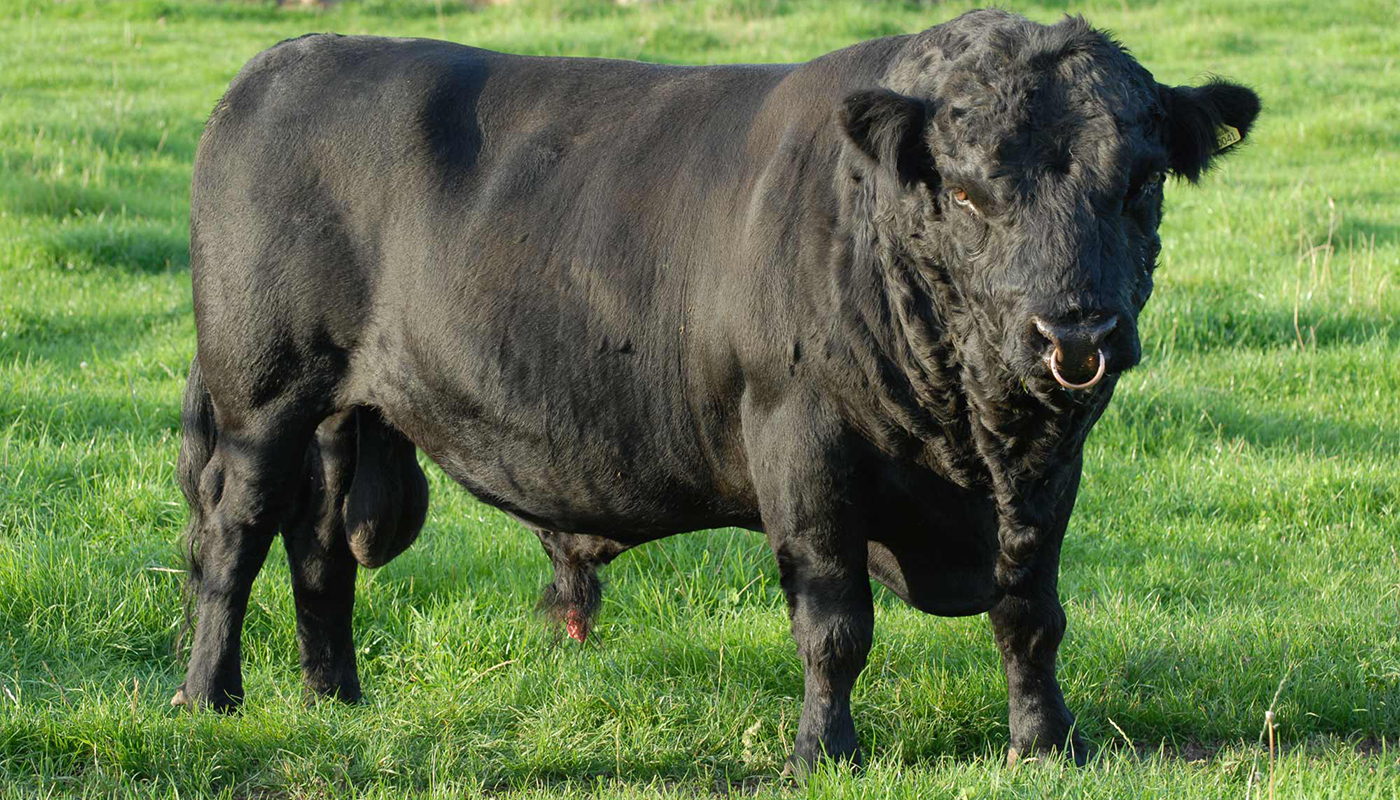 Dexter Cattle Breed – Everything You Need to Know
Dexter Cattle Breed – Everything You Need to Know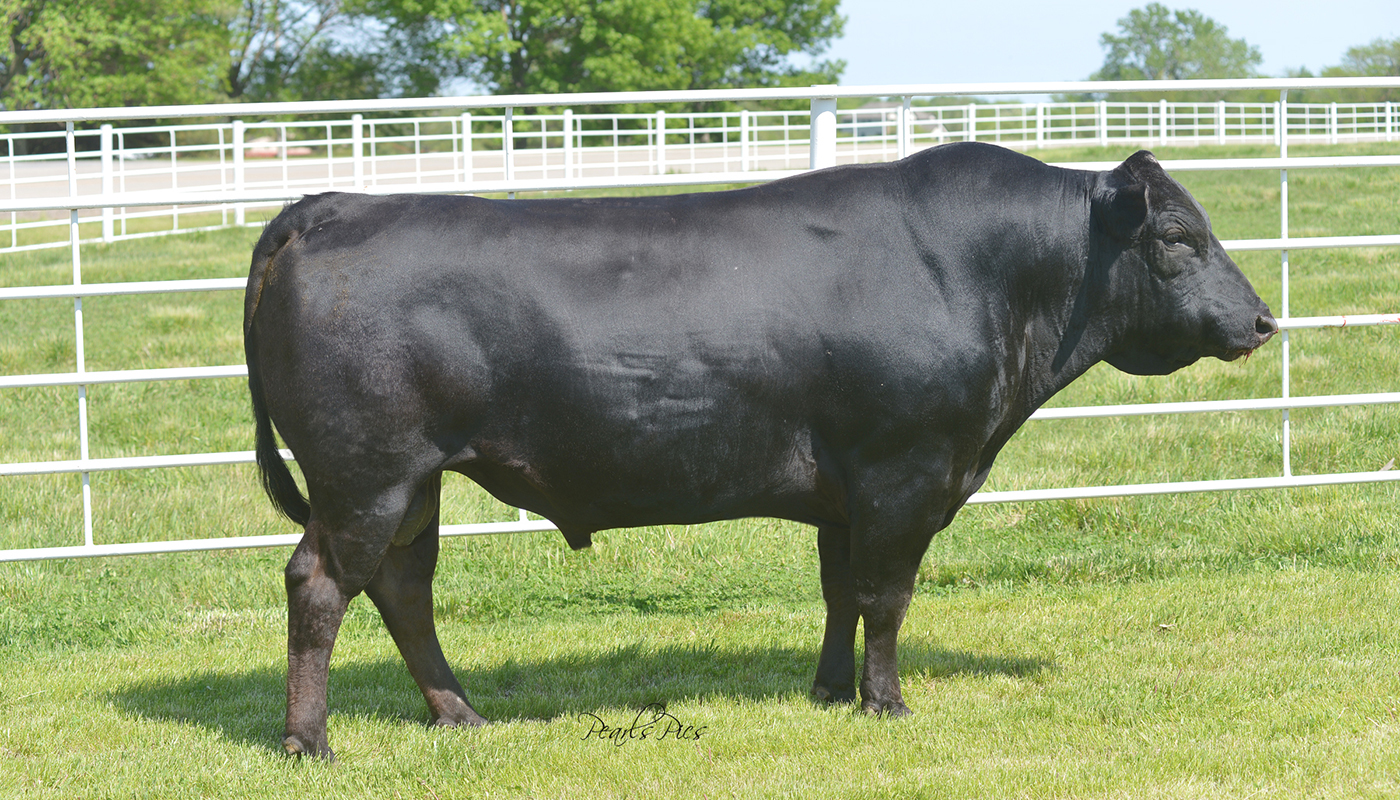 Wagyu Cattle Breed – Everything You Need to Know
Wagyu Cattle Breed – Everything You Need to Know Ankole-Watusi Cattle Breed – Everything You Need to Know
Ankole-Watusi Cattle Breed – Everything You Need to Know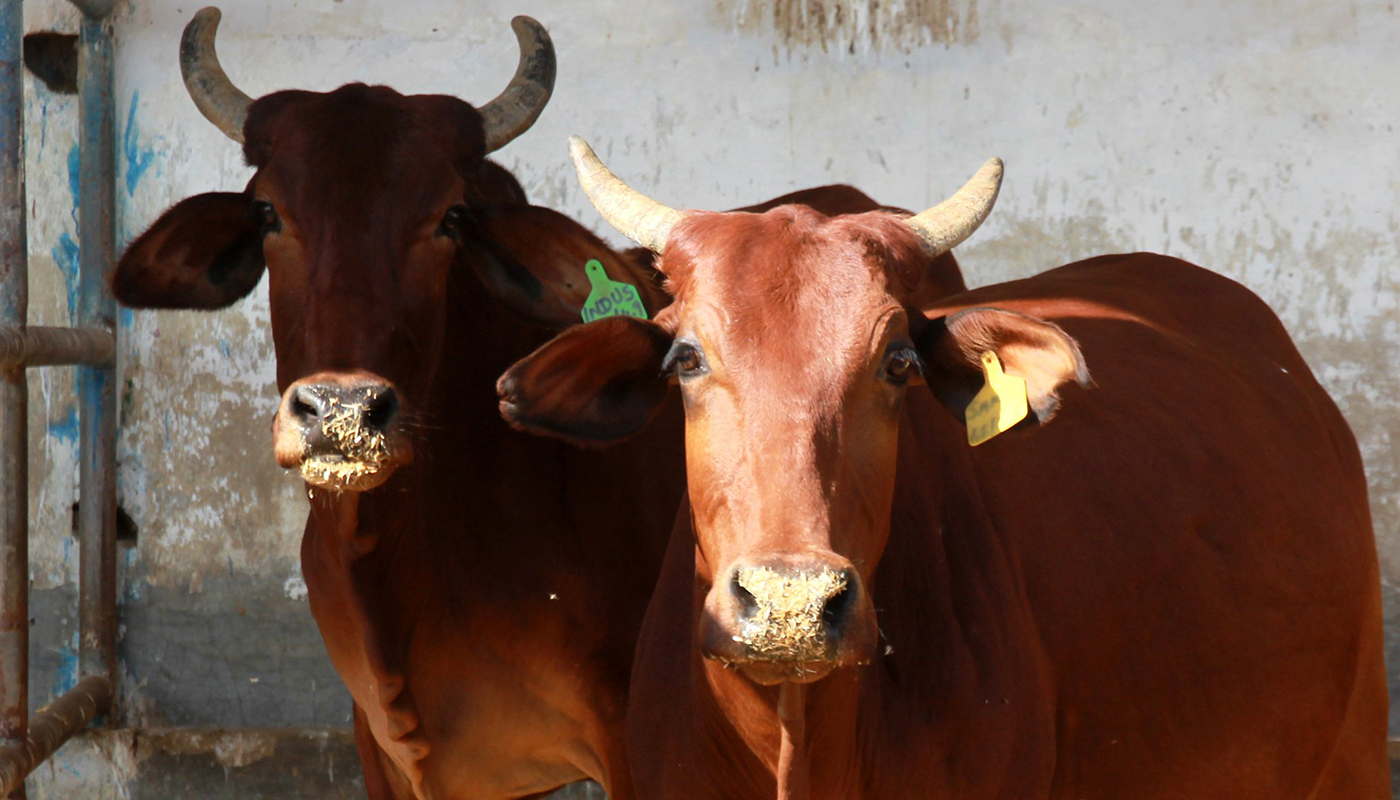 Red Sindhi Cattle Breed – Everything You Need to Know
Red Sindhi Cattle Breed – Everything You Need to Know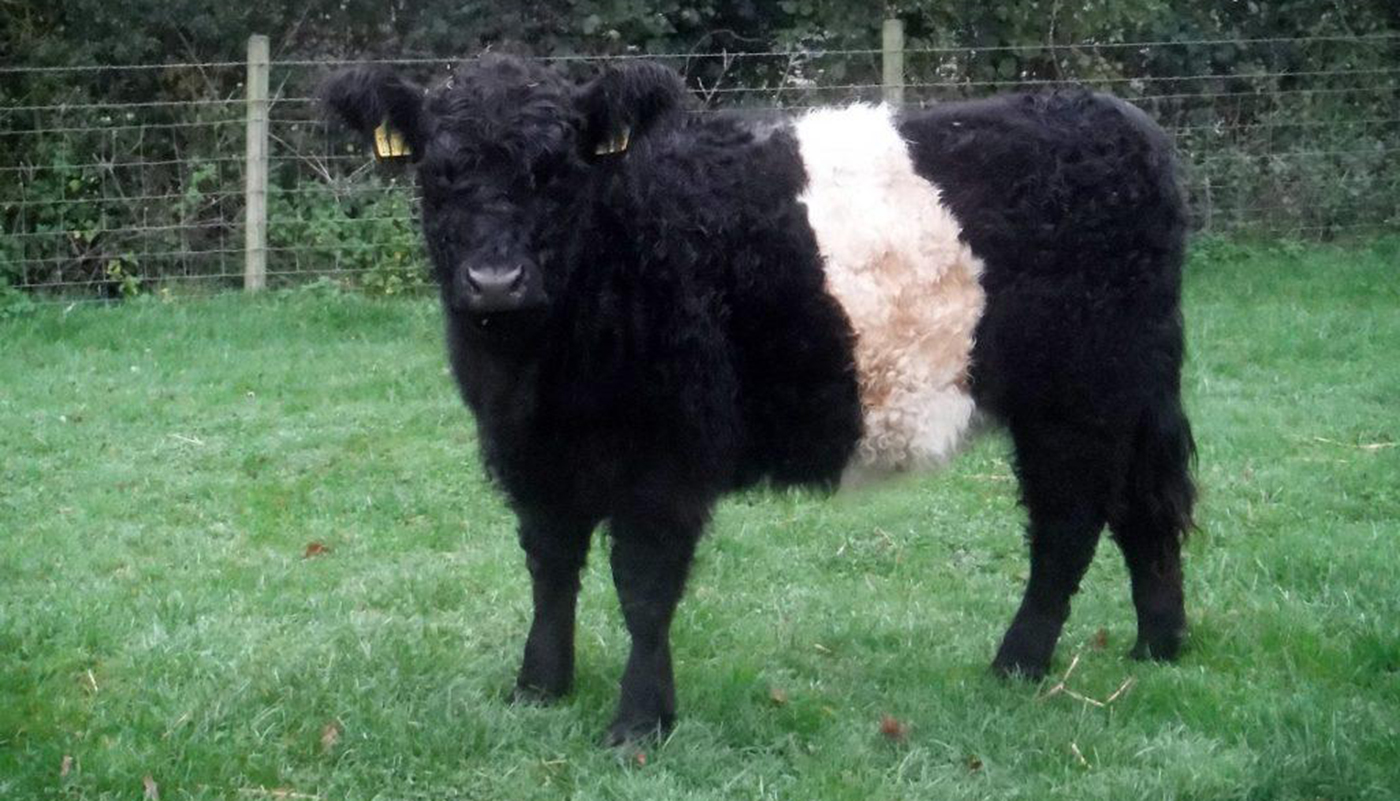 Belted Galloway Cattle Breed – Everything You Need to Know
Belted Galloway Cattle Breed – Everything You Need to Know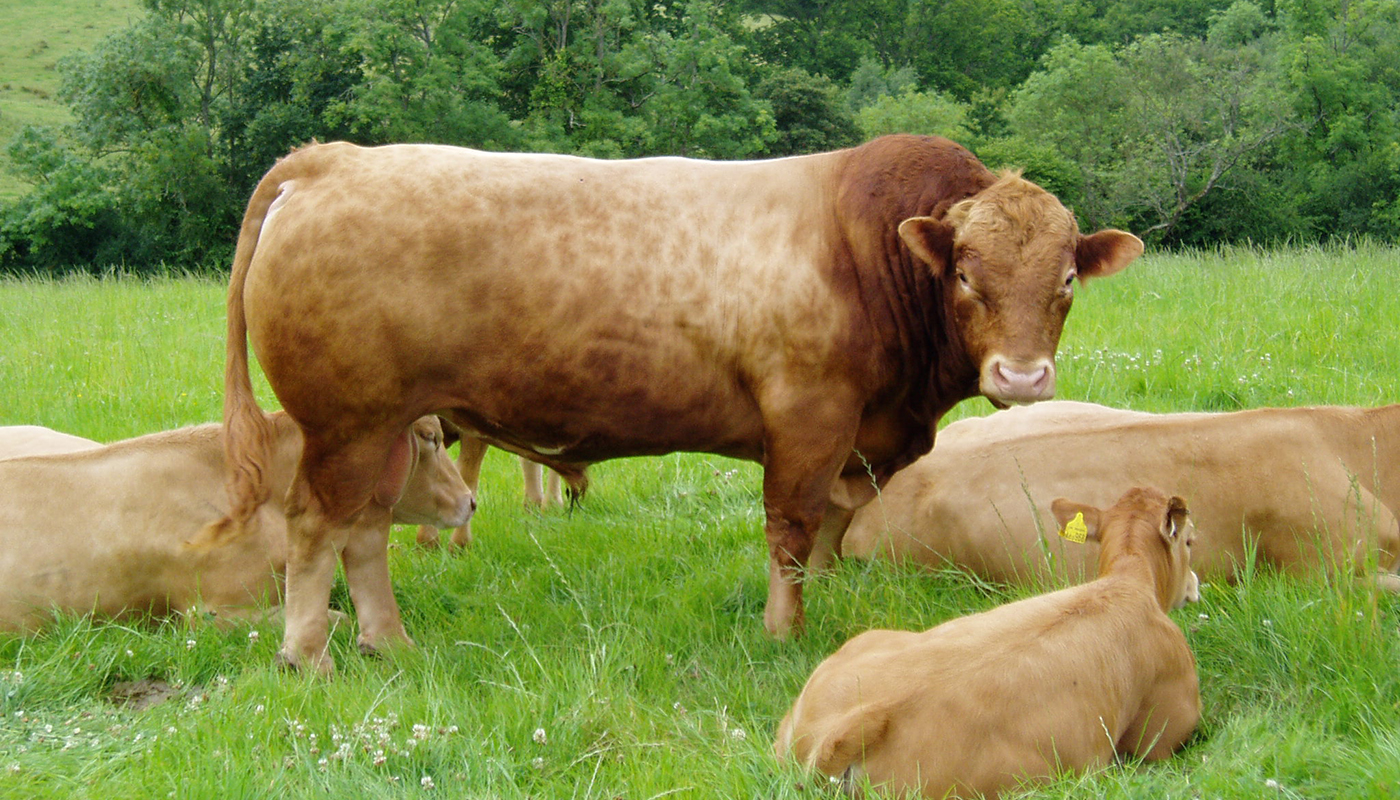 Gelbvieh Cattle Breed – Everything You Need to Know
Gelbvieh Cattle Breed – Everything You Need to Know Ayrshire Cattle Breed – Everything You Need to Know
Ayrshire Cattle Breed – Everything You Need to Know